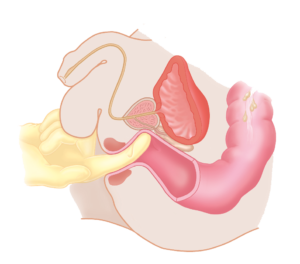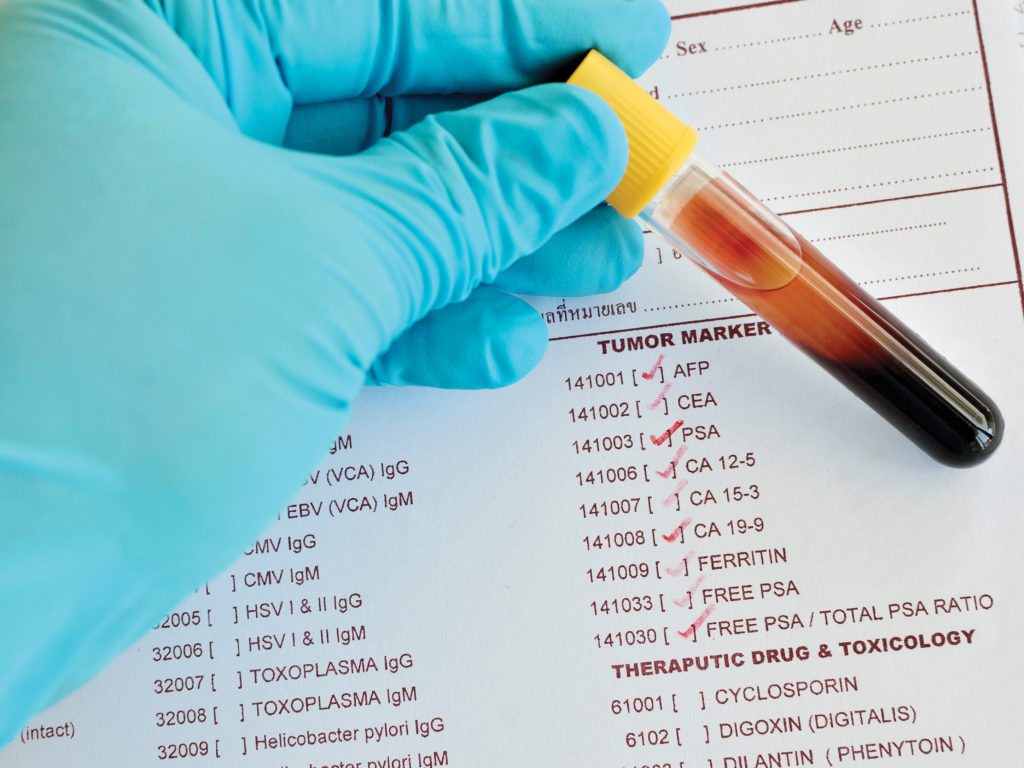What tests might the GP do?
Prostate cancer may be suspected following a digital rectal examination or blood test called PSA (Prostate Specific Antigen). However, it can only be confirmed by examining prostate tissue (a biopsy) under a microscope. Sometimes, advanced prostate cancer is diagnosed when men visit the doctor feeling unwell, with tiredness, loss of appetite and perhaps bone pain.

